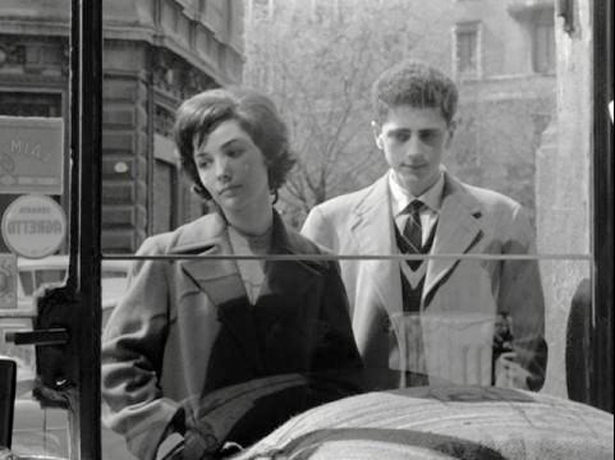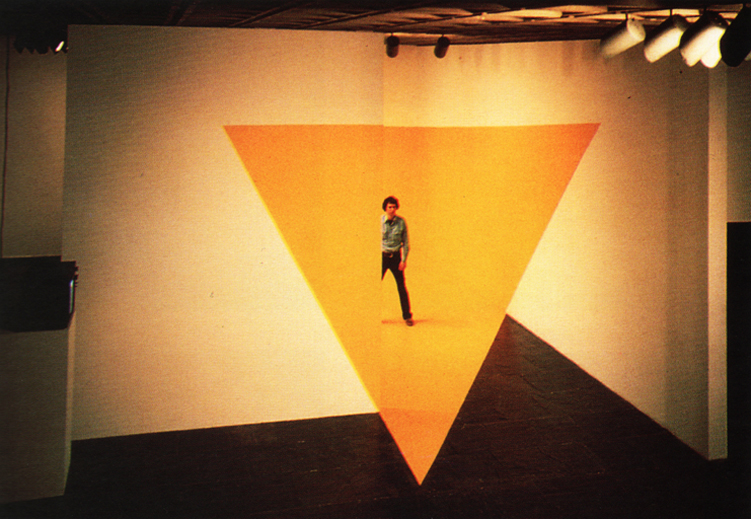
What Is Call To Adventure?
What Is Call To Adventure? https://www.visualstorytell.com/wp-content/uploads/2020/10/What_is-_call_to_adventure_thumb.jpg 366 222 Shlomi Ron Shlomi Ron https://secure.gravatar.com/avatar/995c0cf093380b90c7704fda398c9addf4e5c605afbc92af5c3f01f67d65aa41?s=96&d=mm&r=g- Shlomi Ron
- no comments
People often ask me “What made you start the Visual Storytelling Institute (VSI)?
It’s a question I am glad to address in my training programs and public talks as it helps frame the purpose of my journey:
Why I do what I do.
Before I dive in:
What is a call to adventure?
In business storytelling terms the call to adventure stems from the classic hero’s journey.
In act 1: the Setting, we get to learn about the hero’s world in normal times: the hero’s personality, other characters, the time and location. All of a sudden a major problem rocks the hero’s world. The hero comes across a solution that could effectively solve the problem. So, after internal doubts decides to answer the call to adventure and starts a business to address the challenge.
So, in case you’ve never heard my story, here it goes:
I typically start of by saying:
“Pay attention to your side hustles as often that’s where your big story is waiting.”
That’s at least what happened in my case 🙂
For over 20 years, I have been working in various digital marketing roles on the agency and brand sides for Fortune 100/500 brands such as American Express, Nokia, and IBM.
Working with major brands allowed me to hone my digital communication skills on a large scale with diverse audiences and global budgets.
All along, I was nursing my side passions for visual stories. This manifested itself in two avenues:
Classic Italian cinema
Say what? As you can figure out from my name, I am originally from Israel. I grew up along the sunny beaches of Tel Aviv.
I have no direct ancestry relation to Italy.
That said, I am a great believer that sometimes you need to experience the world through different cultural lenses.
And so I started taking Italian language classes on the weekend, just for fun.
As I moved up the levels, we ditched the textbooks and watched classic Italian films and used them as a platform to practice the language.
I was blown away by the nuanced storytelling styles, the role of emotions and the memorable soundtracks that made me want to dig deeper.
That drove my interest later to start cafePellicola.com, a blog where for over 10 years I’ve been writing film reviews about those timeless black and white masterpieces from the 40’s-60’s Neorealism and Italian comedy genres.
I also ran mini-film festivals in San Diego and New York where I curated the films, introduced them, and then ran a post-screening Q&A sessions.
What is my all-time favorite film?

Hands down, it’s 1961’s Il Posto – The Job by Ermanno Olmi that unpacks the meanings of the “Job for Life” model (an aberration in today’s market) during Italy’s economic boom in the early 60’s. The photo above captures another great moment from this film, where the director uses facial expressions as powerful storytelling vehicles.
The other influence was video art.
My father in-law, Buky Schwartz, was one of the early pioneers of video art. He started his career in the mid-70’s when video was first introduced with the same fanfare VR is enjoying today.
His video art celebrates optical illusions between objects in a physical space and what you see in the video monitor.

The photo above, is his seminal video installation Yellow Triangle the Whitney Museum in New York acquired in 1979.
His work is shown in major museums and galleries worldwide and found in private and public collections like the Jerusalem, Guggenheim, and the Carnegie museums.
Since he passed away in 2009, my wife and I have been managing his art collection and archives, working with museums, galleries and universities – to preserve his video art legacy.
So, when we relocated to Miami from New York four years ago, I felt like I have paid my dues to Corporate America and it’s time to chart my own path.
I started listening to storytelling podcasts, looked back at my experience and realized the #1 problem marketing is facing today is the growing communication noise.
How can businesses rise above the growing information overload – that costs the US economy over $900 billion a year – riding on audiences’ decreasing attention spans?
Interruptive content you don’t seek – like ads – needs to evolve.
How can marketers create content that feels like entertainment – the same way Hollywood filmmakers engage audiences for eons – and still retain brand objectives?
Then it dawned on me.
Visual storytelling leverages 2 native mechanisms we all possess:
1) Visuals: The human brain processes visuals 60,000 times faster than text (3M).
2) Stories: 9 out of 10 people respond better to information packaged as stories than facts and stats (Kelton Global).
Therefore, with my combined experience in digital marketing, and my passion for visual stories I started the Visual Storytelling Institute – as the primary think tank that brings the gospel of visual storytelling from the world of art into marketing.
You see, I believe people respond better when they can see their problems mirrored in a meaningful visual story.
Since I have started, I worked hard to define what is visual storytelling in the context of marketing, and educate the marketplace about its viability.
At VSI, we do it by helping brands connect better with audiences through visual storytelling training, consulting and thought leadership.
Select clients include RTI International, Cable & Wireless, Pearson Education, University of Miami – to name a few.
My thought leadership programs, featuring VSI Blog, public talks, published book and the Visual Storytelling Today podcast – have all placed VSI at the #1 position on all search engines for visual storytelling terms.
So, as you can see my call to adventure to start VSI has originated from areas I was already passionate about. The seeds were planted earlier.
Naturally, that’s my story. Your call to adventure could be different. And that’s ok.
Knowing your brand’s early call to adventure is powerful as it let your audience understand the WHY before you dig into WHAT and HOW.
Sometimes the clues are already there. Maybe this is already part of your brand’s backstory your marketing team effectively bakes into top-of -the-funnel stories. Either way, it worth creating an agreed upon story your employees, customers, partners and vendors – are all in sync with.
Make it unique because your brand is unique.
Have questions about my story or how to establish yours? Feel free to throw some time on my calendar and I’d be happy to discuss.
- Post Tags:
- act 1: Setting
- call to adventure
- Posted In:
- Story Making
- Visual Storytelling
Shlomi Ron
Shlomi Ron is the founder and CEO of the Visual Storytelling Institute, a Miami-based think tank with a mission to bring the gospel of visual storytelling from the world of art to more human-centric and purpose-driven marketing. A digital marketing veteran with over 20 years of experience working both on the agency and brand sides for Fortune 100/500 brands such as Nokia, IBM, and American Express. He started VSI to combine his marketing expertise with his passion for visual stories stemming from his interests in classic Italian cinema and managing the estate of video art pioneer, Buky Schwartz. At VSI, he helps brands rise above the communication noise through visual storytelling consulting, training, and thought leadership. Select clients include Estée Lauder, Microsoft, and Cable & Wireless – to name a few. He currently teaches Brand Storytelling at the University of Miami’s Business School. Thought leader and speaker at key marketing conferences. He is also the host of the Visual Storytelling Today podcast, which ranks in the top 10 best business storytelling podcasts on the Web. His book: Total Acuity: Tales with Marketing Morals to Help You Create Richer Visual Brand Stories. Outside work, he is a nascent bread baker, The Moth fan, and longtime fedora wearer likely to jive with his classic Italian cinema interest.
All stories by: Shlomi RonThis site uses Akismet to reduce spam. Learn how your comment data is processed.


Leave a Reply